Navigating between saltmarshes and abandoned islands, before going up a stretch of the river Sile that formed the surrounding area.
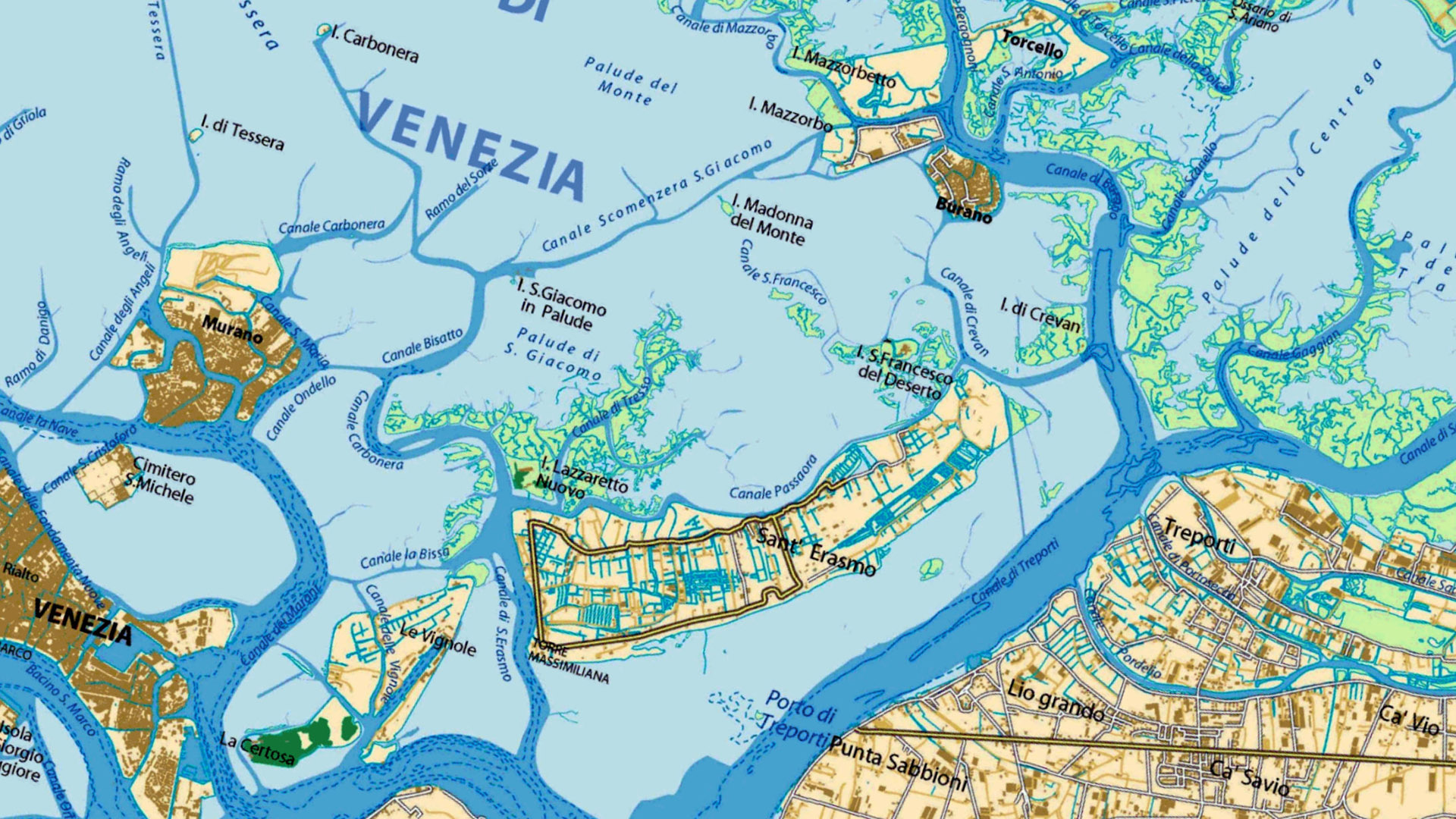
Islands of the Northern Lagoon
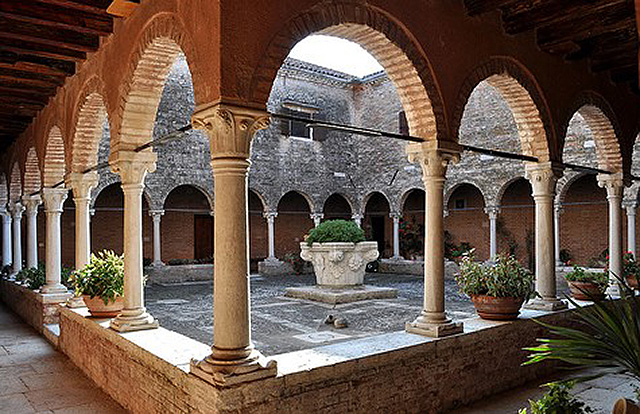
San Francesco del deserto
In the early 1200s, Friar Francesco of Assisi stayed on this small island on his return from the Holy Land. After his canonization, the convent and church dedicated to him were built, and the island is still inhabited exclusively by friars. One of the remaining five friars will guide you around the church, the park and other areas of the island.
There is no entrance fee but please leave a donation.
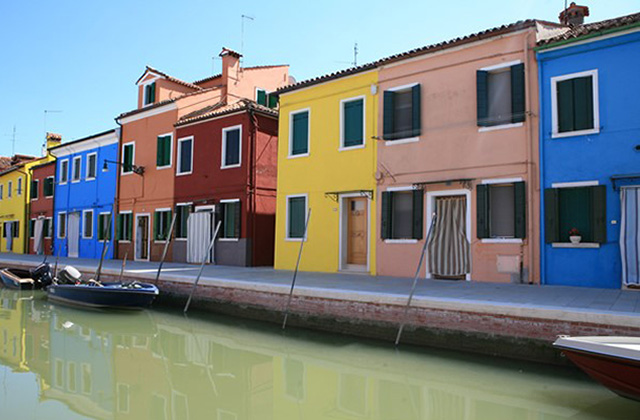
Burano
The island of Burano is a fishing village within the lagoon. It is famous for its brightly coloured houses and the production of Burano lace made by the women of the island and originally commissioned by the patrician families of Venice. Today the island’s economy is mainly based on tourism, and there are several restaurants renowned for their traditional cuisine. A stroll through the narrow alleys will reveal some truly picturesque areas of the island.
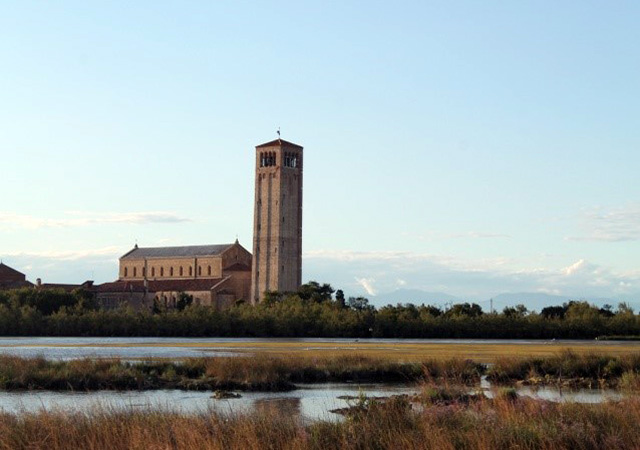
Isola di Torcello
For centuries, the island of Torcello was the most important settlement of the lagoon but starting from the tenth century it was gradually abandoned in favour of the cluster of islands that would become Venice. Torcello is rich in history and the Basilica of Santa Maria Assunta, built in its current form in the eleventh century, is its greatest testimony. The bell tower is open to the public; from here, you can enjoy a spectacular view of the entire northern lagoon.
Entrance fee for the Basilica: €6
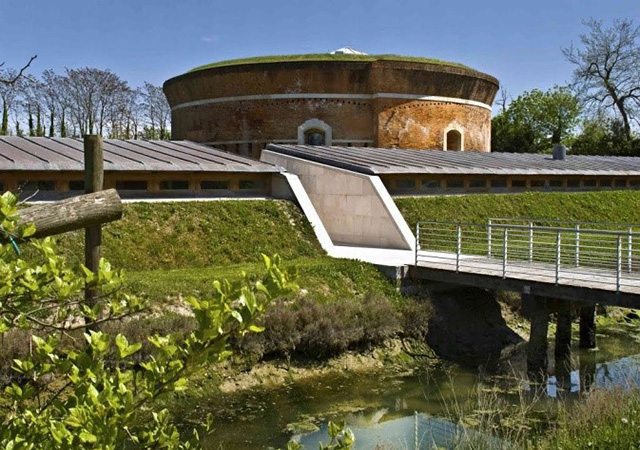
Sant’Erasmo
Known as the ‘The Vegetable Garden of Venice’, the island of Sant’Erasmo performed this function for centuries, as there were no areas in the city large enough to devote to agriculture. From Sant’Erasmo, rowing boats laden with produce would leave every morning for the Rialto market, and the fruit and vegetables grown on the island are still renowned for their quality. We suggest taking a short walk through the gardens where the rural landscape is an amazing contrast with Saint Mark’s Square (just two kilometres away).
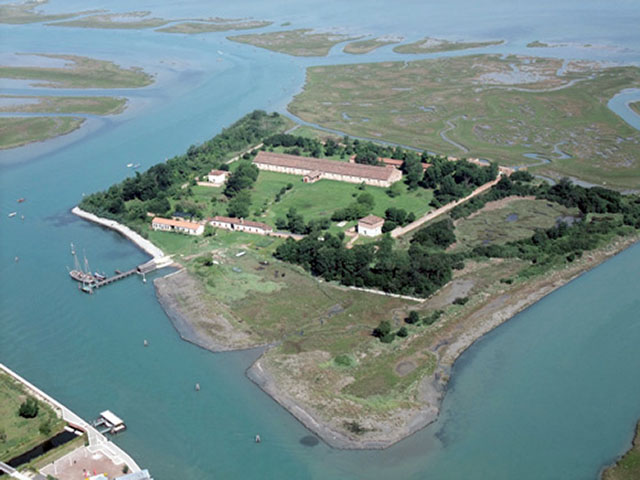
Lazzaretto Nuovo
In 1468, the Senate of the Serenissima decreed that the island be a place used to prevent the spread of infections, particularly the plague that periodically scourged Europe, Venice included. The island became a place of quarantine for goods and crews coming from the East that were suspected of introducing the disease into the city. Various testimonies of the island’s history can be seen during the guided tour (available on Saturdays and Sundays; weekdays by appointment).
Guided tour.
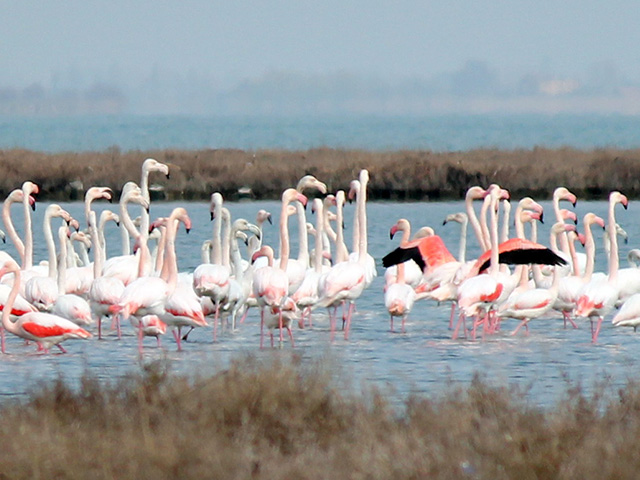
The Lagoon Ecosystem
For those who would like to learn more about the natural environment, our boats can navigate the canals between salt marshes up to the edge of the lagoon north of Torcello and along the first stretch of the Sile river. Together with the Piave, it formed the landscape and gave rise to the first inhabited areas of the lagoon. At certain times of the year, it is easy to spot marine and marsh birdlife.
Please note that the following places are not always open to the public.
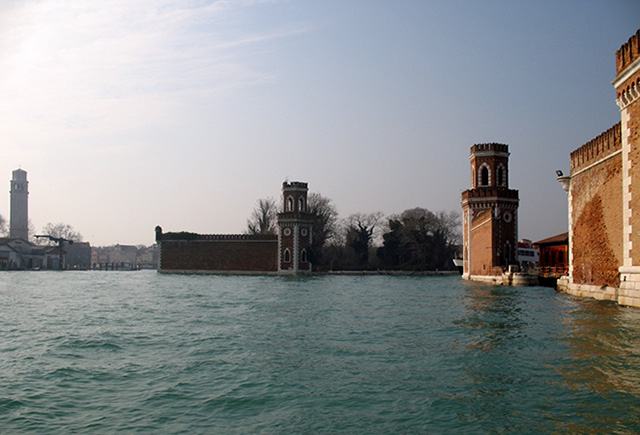
Arsenale
For centuries, the Arsenale di Venezia was the place where Venetian galleys were built under the aegis of the Senate of the Serene Republic. Entering the Arsenale by boat, passing between the two watchtowers of the Porta Nuova, is a breathtaking experience. Among the Arsenale’s many interesting structures are the Gagiandre, two imposing roofed docks that were used for the maintenance of mastless galleys.
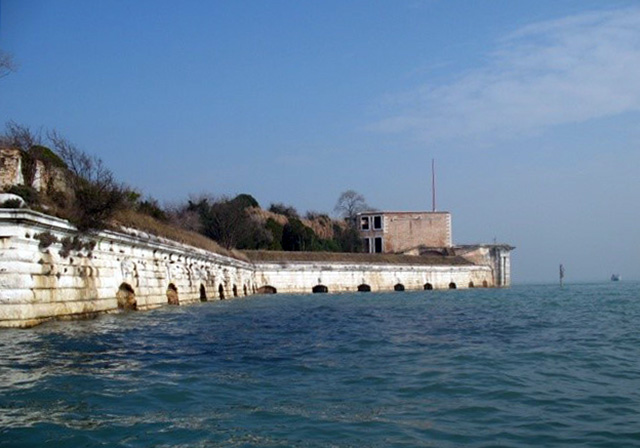
Forte di Sant’Andrea
The fort was built in the first half of the 16th century along the route that ships arriving from the sea had to follow to arrive in the city. Armed with 42 cannons, no enemy ships dared to pass in front of it. It is now completely abandoned, awaiting a project for its restoration that will allow it to remain open to the public.